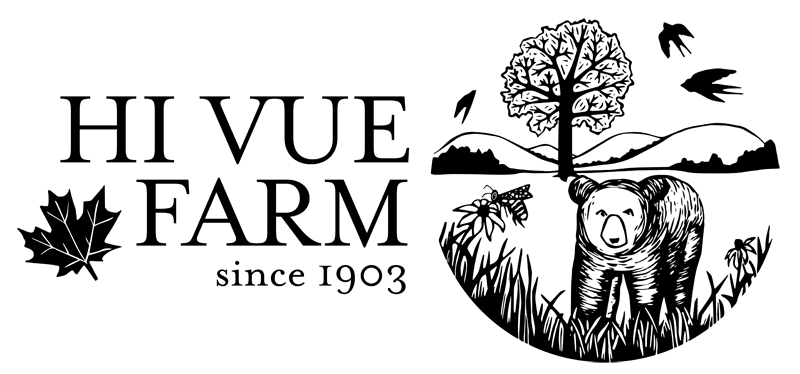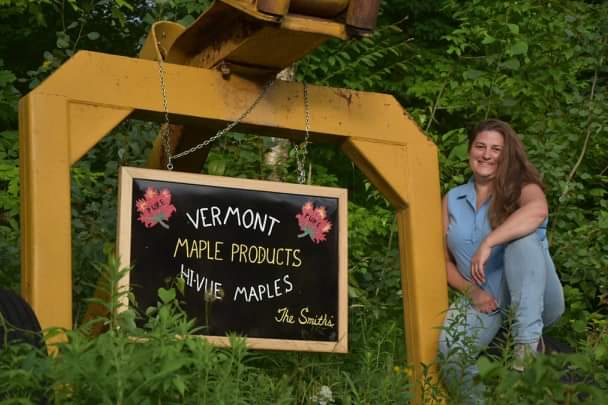Hi Vue Maples is proud to announce we have officially become a Carbon Offsetting Maple Sugar Farm! Our family has always believed that if you take care of the land it will take care of you. We have been using a high standard of forest management for many years now – so the changes we had to make to become a Carbon Offset Farm were few. Beginning with the Audubon Vermont Bird Friendly Maple Project we became involved with several years ago we already were looking at having a healthy diverse forest to maintain (and hopefully grow) habitat for migratory songbirds.
We live in the largest intact broad leaved temperate forest IN THE WORLD. This region stretches from the southern Adirondacks to Nova Scotia. This is critical for migratory songbirds. We are located in Northern Vermont in the Cold Hollow Mountain range. Besides being critical bird habitat we also are working with other land owners in the Cold Hollow region to maintain wildlife corridors for mammals such as black bear, bobcat and moose. Water quality has always been a high priority and now we can add Air Quality!
The Science
Carbon dioxide is the most commonly produced greenhouse gas. Carbon sequestration is the process of capturing and storing atmospheric carbon dioxide.
Carbon sequestration is the process by which atmospheric carbon dioxide is taken up by trees, grasses, and other plants through photosynthesis and stored as carbon in biomass (trunks, branches, foliage, and roots) and soils.
What makes us Carbon Offsetting?
We have a forestry management plan in place that was done by our forester and approved by the county forester. Within this management plan are guidelines for how we use our forest – for example – we can use our Maples for syrup production. We are allowed to cut a certain percentage for firewood. We are keeping as wide of a variety as possible of trees and trees that are of different ages.
Periodically we plant trees and bushes in order to re introduce species to our landscape or to help with soil erosion along waterways or improve forage for birds. By entering the carbon offsetting program I am committing to a life time of high standard forest management. We are adhering to stricter guidelines for our forest. We will not intentionally do anything to decrease the offsetting value of our forest by such things as clear cutting part of our property.
We have done some projects, such as the bird patch, where we did cut most of the trees in the 5 acre area. This was done to change the almost single canopy layer to a multi layer canopy. The majority of the trees that were cut will actually remain on the ground and will continue to sequester carbon. The variety of species were kept to create diversity and allow new undergrowth. We are in the process of planting 20 oak trees (reintroduction species) and various shrubs such as elderberry in the patch cut to create habitat for songbirds and mammals.
What’s so unique about this project?
We’re the first of it’s kind in the country! Carbon offsets are usually at least 5000 acre units. Here in the northeast we don’t typically have large tracts of land owned by one group or family – with a few exceptions. What the Cold Hollow to Canada Carbon Initiative has done is find a way to combine a group of contiguous land owners to create a large parcel to make an impact on carbon offsetting. This collaborative allows us to generate revenue from the sale of Carbon credits and retain ownership of our property. Together we can make a big change!
Watch the interview here: Carbon Offset Maple Farm


